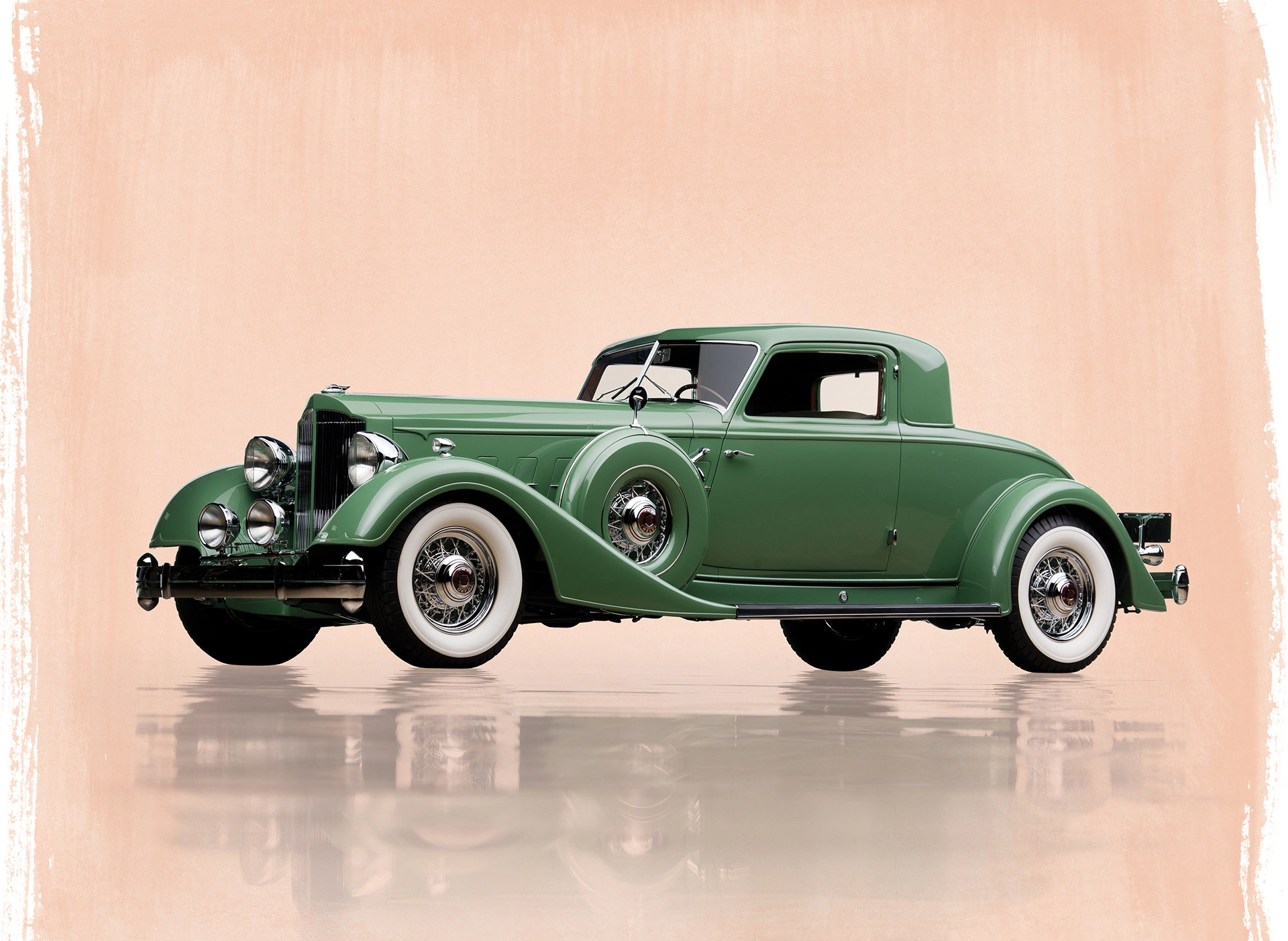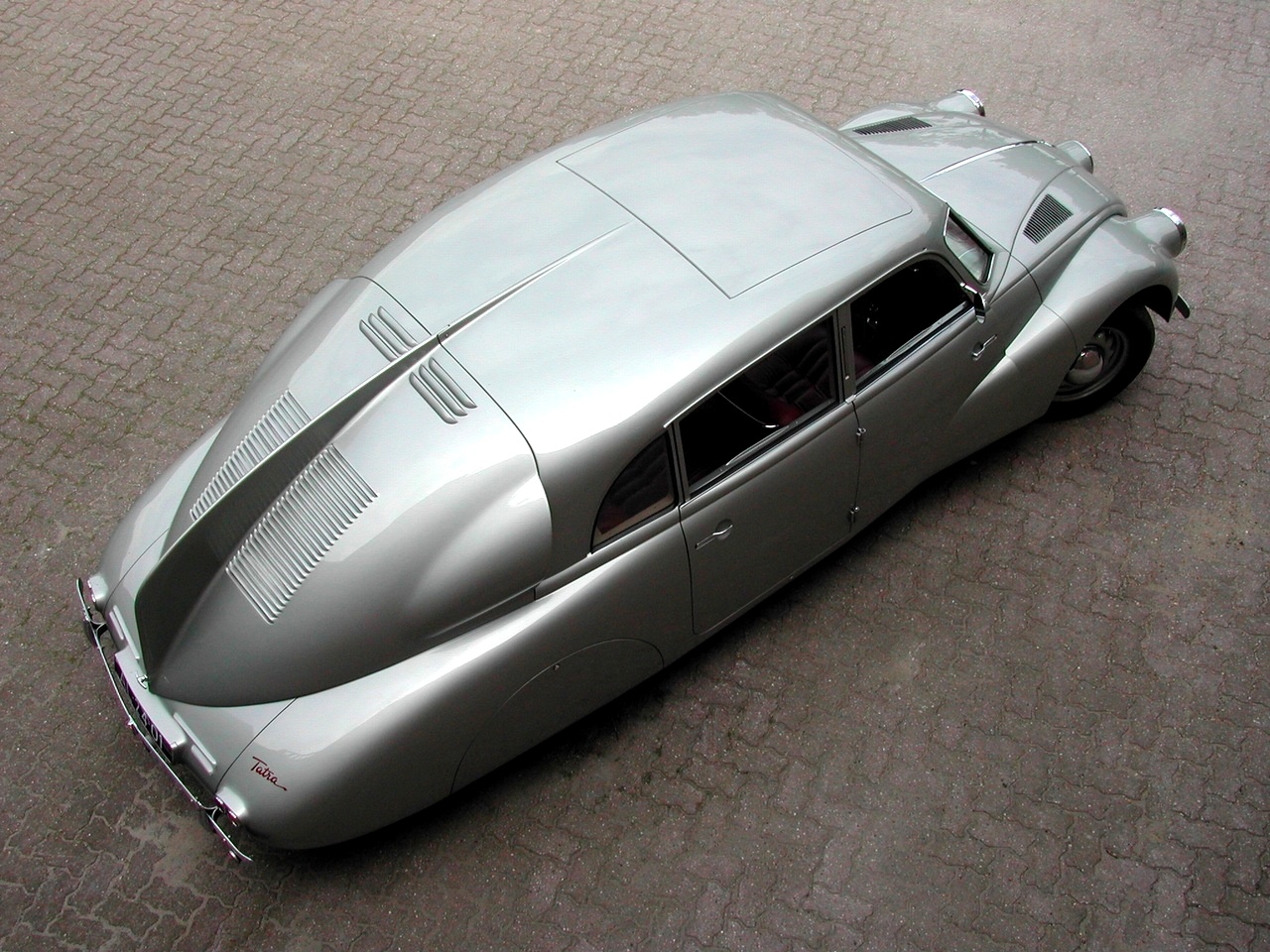The Nostalgia of Forgotten Gods: Packard, USA, 1899-1959
17 August 2024 3 min read 4 images

Photo credit: RM Sotheby’s, Wheelsage
Roarington’s journey to discover defunct car brands stops this week in the USA with the story of the brothers James and William Packard. Producers of incandescent lamps in Ohio, they bought a Winton as their first car in the late 1800s and quickly believed they could make a better product. In 1899, they founded the Ohio Automobile Company and built their first car, the single-cylinder Model A, which became a success with several hundred units sold.
Register to unlock this article
Signing up is free and gives you access to hundreds of articles and additional benefits. See what’s included in your free membership. See what's included in your free membership.
Already have an account? Log In


